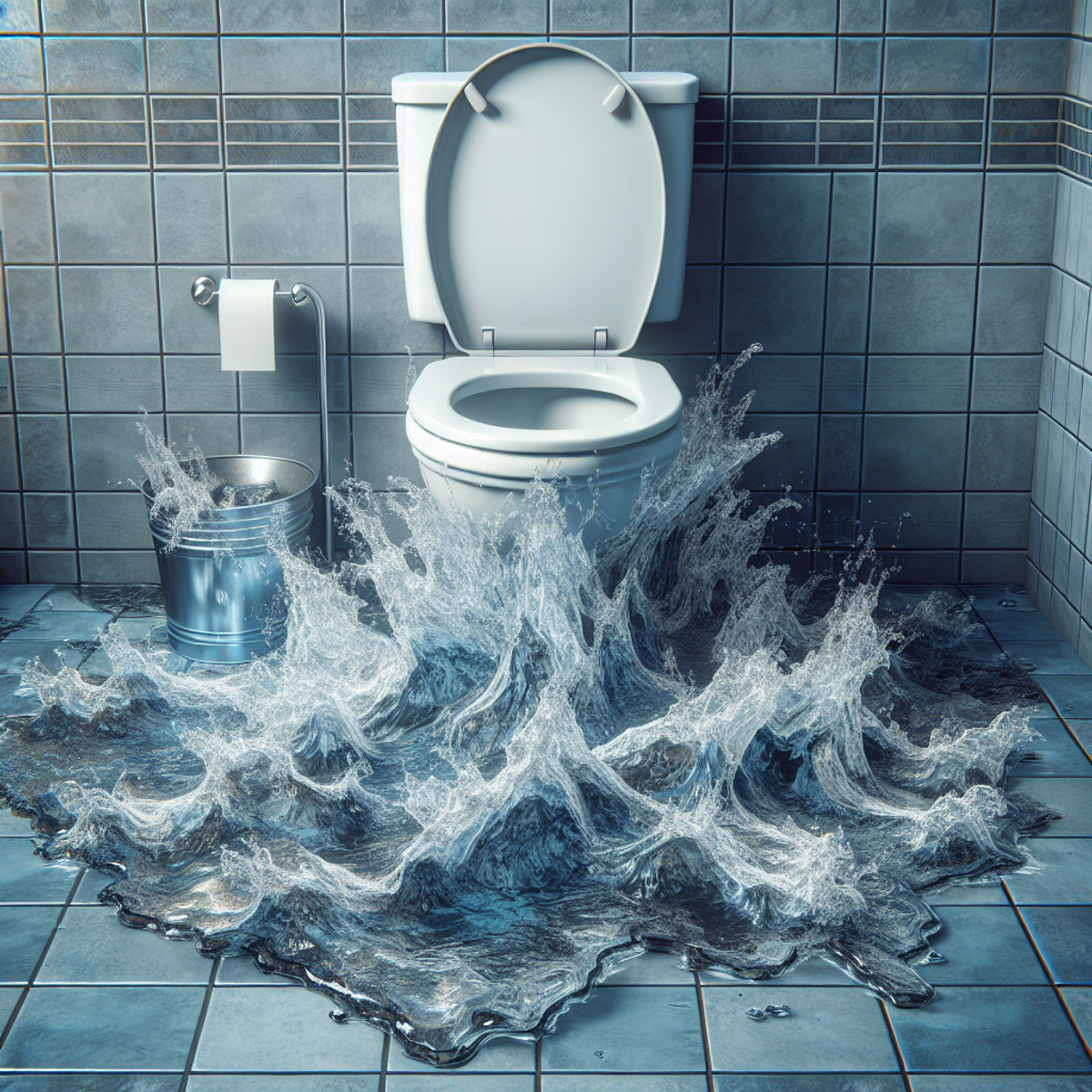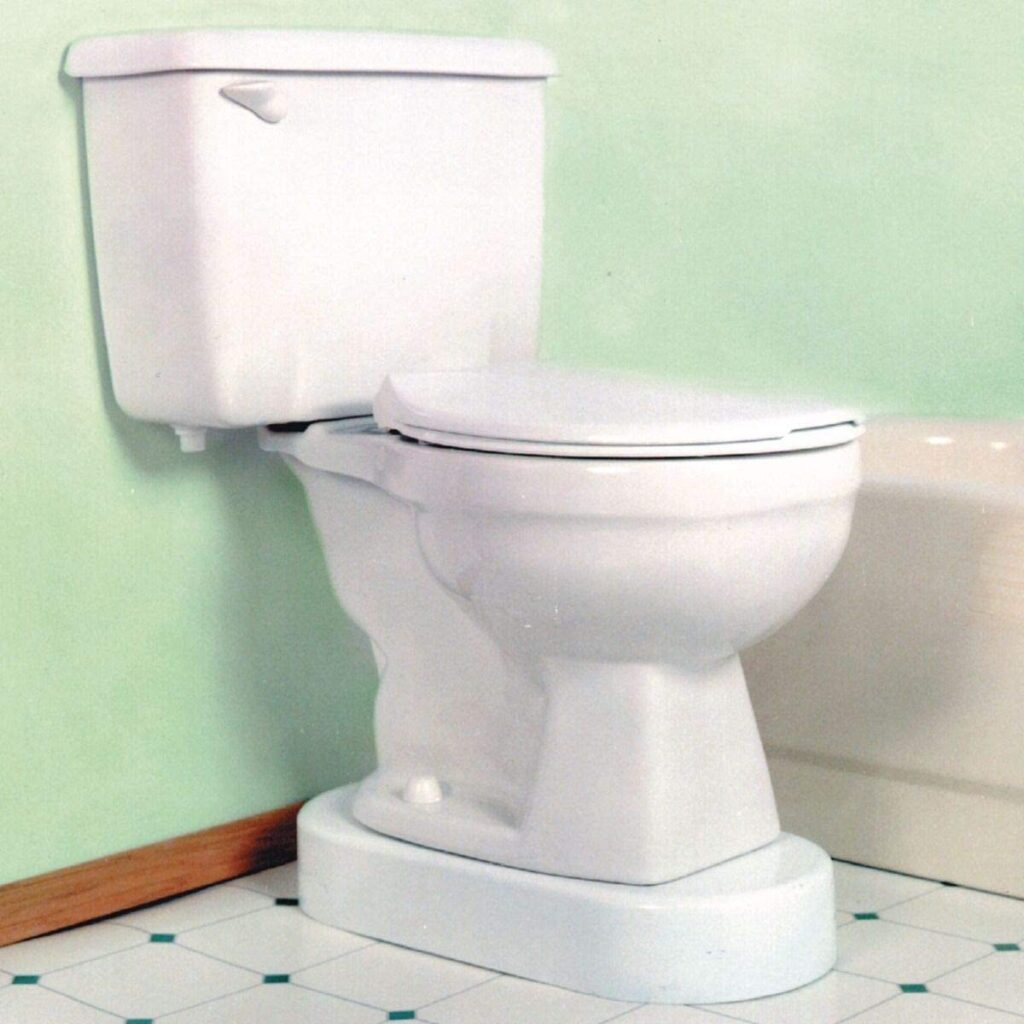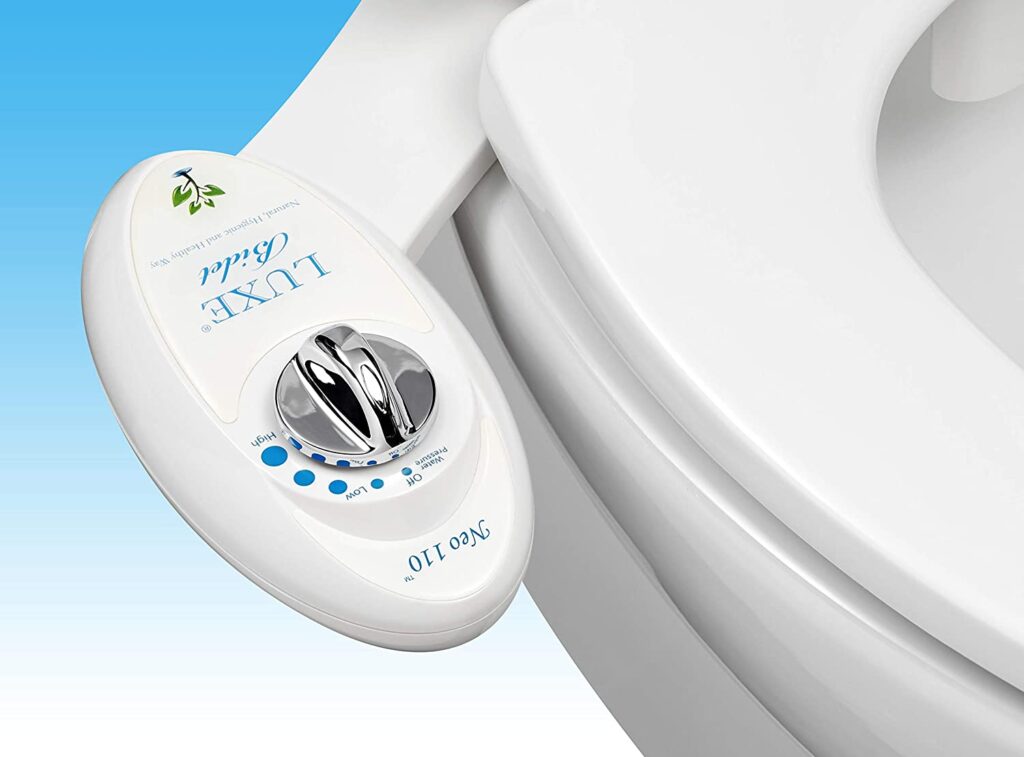Have you ever noticed your toilet seat mysteriously turning blue and wondered what’s going on? You’re not alone.
It’s one of those strange, unexpected things that can leave you scratching your head—and maybe feeling a little concerned. The truth is, this odd phenomenon has some surprising causes, and understanding them can save you time, worry, and even embarrassment.
But here’s the real kicker: the solution might be easier than you think. Whether it’s a simple fix or a lifestyle tweak, knowing what’s behind this issue can bring you peace of mind. Stick around, and we’ll dive into the exact reasons why your toilet seat is turning blue—and, most importantly, what you can do to stop it. You won’t want to miss this!
Table of Contents
Common Causes Of Blue Toilet Seats
Have you ever noticed your toilet seat mysteriously turning blue? It’s not as rare as you might think. This unusual phenomenon often leaves people scratching their heads, but the causes are surprisingly simple and easy to address. Let’s dive into some of the common reasons behind blue toilet seats and how you can prevent it from happening again.
Chemical Reactions With Cleaning Products
Some cleaning products can react with the materials in your toilet seat, causing discoloration. Harsh chemicals, especially those with bleach or ammonia, can interact with the seat’s surface coating. If you’ve recently deep-cleaned your bathroom, this might be the culprit.
To avoid this, check the label of your cleaning products. Use mild, non-abrasive cleaners and always wipe the seat thoroughly with water after cleaning. This small step can save you a lot of frustration later.
Impact Of Hormonal Changes
Hormonal changes in your body can sometimes cause your skin to transfer pigments. Pregnant women, for instance, often report blue toilet seats due to increased hormone levels. Even sweat or natural body oils can leave behind faint traces over time.
If this sounds familiar, don’t worry—it’s harmless. Regularly wiping the seat with a damp cloth can help keep discoloration at bay. If you’re pregnant or experiencing hormonal shifts, consider using a seat cover for added protection.
Dye Transfer From Clothing
Dark-colored clothing, especially jeans, can leave dye marks on your toilet seat. Sitting for extended periods increases the chance of dye transferring onto the surface. This is especially true for new clothes that haven’t been washed multiple times.
To prevent this, wash new clothes before wearing them. If your seat is already blue, try a gentle cleaner like baking soda paste to remove the stains. Avoid scrubbing too hard, as it can damage the seat’s finish.
Presence Of Mineral Deposits
Hard water can leave behind mineral deposits that sometimes appear blue or green. Over time, these deposits can build up on your toilet seat, especially around the edges. If your water supply has a high mineral content, this might be the reason.
Installing a water softener can help reduce mineral buildup in your bathroom. For cleaning, use a vinegar solution to dissolve the deposits without harming the seat. Regular maintenance can keep your bathroom looking spotless.
Now that you know what’s causing the mysterious blue hue, you can take steps to prevent it. Which of these reasons surprised you the most? Start with small changes today to keep your toilet seat looking clean and fresh!
Health-related Factors
Have you noticed your toilet seat turning blue and wondered what could be causing this unusual phenomenon? While it might seem strange at first, health-related factors are often behind this colorful change. Let’s dive into how your body’s chemistry might be playing a role and what you can do about it.
Pregnancy And Hormonal Imbalances
Pregnancy can bring about surprising changes in your body, and a blue toilet seat is one of them. Hormonal shifts during pregnancy, especially increased estrogen levels, may alter your skin’s chemistry. This change can cause reactions between your skin and certain materials, leading to a bluish tint on your toilet seat.
If you’re pregnant, it might be worth checking if your prenatal vitamins or skincare products contain compounds affecting your skin chemistry. Think about what products you’re using daily and whether they might be contributing. Switching to hypoallergenic or simple formulas could be a practical step to try.
Medical Conditions Linked To Skin Chemistry
Specific medical conditions can also affect your skin chemistry and indirectly cause your toilet seat to turn blue. For example, some medications for thyroid issues or diabetes may impact your sweat composition. This altered sweat can react with materials like plastic or wood on your toilet seat.
Have you recently started a new medication or treatment? It might be worth mentioning this phenomenon to your doctor. They could advise adjustments or suggest alternatives to reduce this odd reaction. You can also use a seat cover as a temporary fix to prevent direct skin contact.
Health-related causes like these highlight the fascinating connection between your body and everyday objects. By paying attention to subtle clues, you can often find simple solutions to unexpected problems.
Role Of Cleaning Products
Cleaning products play a key role in toilet maintenance. They help eliminate stains, bacteria, and unpleasant odors. Yet, not all cleaning products are created equal. Some contain harsh chemicals that might react with your toilet seat. This reaction can cause discoloration, including the odd occurrence of blue stains. Understanding what’s in your cleaning products can prevent such issues.
Ingredients That Cause Discoloration
Certain chemicals in cleaning products can cause a toilet seat to turn blue. Bleach, for instance, is a common culprit. It can react with the toilet seat material or other substances. Ammonia-based cleaners can also lead to discoloration. These chemicals may weaken the surface and change its color over time.
Some products contain dyes or coloring agents. These can transfer onto the seat, especially if left to sit too long. Acidic cleaners, such as those with hydrochloric acid, can corrode the surface. This increases the likelihood of stains appearing. Always check the label for these ingredients before use.
Safe Alternatives For Toilet Cleaning
Natural cleaners are a safer choice for maintaining your toilet. White vinegar mixed with baking soda is an effective and gentle option. It removes stains and disinfects without causing discoloration. Lemon juice is another natural choice. Its acidic properties clean well but remain gentle on surfaces.
Enzyme-based cleaners are also a good alternative. These products break down dirt and bacteria without harsh chemicals. Always use a soft cloth or non-abrasive sponge for cleaning. This prevents scratches that can trap dyes or stains. Switching to these options can help protect your toilet seat from turning blue.
Preventing Blue Discoloration
Blue stains on your toilet seat can be puzzling and frustrating. The discoloration often sneaks up without warning, leaving you wondering about its cause. Fortunately, there are simple steps you can take to prevent this from happening again.
Choosing The Right Toilet Seat Material
The material of your toilet seat plays a big role in stain prevention. Some materials, like porous plastic, can absorb dyes or chemicals more easily, making discoloration more likely. Opt for non-porous materials such as thermoset plastic or enamel-coated wood for better resistance to stains.
These materials are less likely to react with substances that may transfer color, like fabric dyes or cleaning products. A small investment in a durable, stain-resistant seat can save you a lot of hassle in the long run.
Avoiding Dye-heavy Fabrics
Have you noticed your favorite pair of jeans or leggings leaving behind traces of color on furniture? The same can happen with your toilet seat. Dark or brightly dyed fabrics can transfer color, especially when exposed to moisture or heat.
To avoid this, be mindful of what you’re wearing when sitting on the toilet. If you suspect a particular item of clothing is the culprit, test it by blotting it with a damp cloth to see if the dye transfers.
Tips For Regular Maintenance
Regular cleaning is crucial for keeping your toilet seat looking fresh. Use mild soap and water instead of harsh chemicals that can damage the seat’s surface and make it more prone to stains. Wipe down the seat after cleaning to ensure no residue remains.
Inspect your toilet seat weekly for any signs of staining or wear. Catching discoloration early makes it easier to address before it becomes permanent. If you notice any unusual stains, act quickly by cleaning them with a gentle cleanser.
Small habits, like closing the toilet lid when not in use, can also help keep dust, debris, and other staining agents away. What steps will you add to your routine to keep your seat spotless?
Effective Cleaning Methods
Blue stains on toilet seats can be frustrating and hard to clean. Knowing effective cleaning methods can help restore your toilet seat to its original appearance. This section focuses on safe and practical ways to remove blue stains, keeping your bathroom clean and fresh.
Natural Solutions For Stain Removal
Natural cleaning methods are gentle on surfaces and safer for the environment. Baking soda and vinegar are excellent options for removing blue stains. Create a paste with baking soda and water, then apply it to the stained area. Let it sit for 15 minutes before scrubbing with a soft brush.
Vinegar is another effective solution. Soak a cloth in white vinegar and place it over the stain. Leave it for 20 minutes, then wipe the area clean. Lemon juice mixed with salt can also help. Rub the mixture on the stain and rinse thoroughly.
Step-by-step Cleaning Guide
Follow these steps to clean your toilet seat effectively:
- Wear gloves to protect your hands.
- Remove the seat if possible for easier access.
- Apply your chosen cleaning solution to the stained area.
- Let the solution sit for 10-20 minutes.
- Scrub gently with a soft brush or sponge.
- Rinse thoroughly with warm water.
- Dry the seat with a clean towel before reattaching.
When To Replace The Toilet Seat
If stains persist despite cleaning, consider replacing the toilet seat. Blue stains may indicate material damage or discoloration that cannot be fixed. Cracks or deep scratches can harbor bacteria, making the seat unsafe. Replace the seat if it feels loose or unstable.
Choose a durable and stain-resistant material for your new toilet seat. Regular cleaning and care will help extend its lifespan and maintain hygiene.

Credit: www.franklinplumbing.com.au
Frequently Asked Questions
Why Is My Toilet Seat Blue All Of A Sudden?
A blue toilet seat may result from chromhidrosis, a rare condition causing blue sweat, or chemical reactions with cleaning products, dyes, or pregnancy hormones.
How To Fix A Blue Stain On A Toilet Seat?
Clean the stain using baking soda and water paste or vinegar. Scrub gently with a soft cloth or sponge.
What Causes Blue Stains In The Toilet?
Blue stains in toilets are caused by copper in water. Corroded pipes release copper, reacting with minerals to create stains.
Why Do Toilet Seats Become Discolored?
Toilet seats discolor due to hard water stains, cleaning chemicals, UV exposure, or buildup of bacteria and mold.
Conclusion
A blue toilet seat can be puzzling, but it’s often fixable. Causes range from skin reactions to chemical exposure. Identifying the reason is the first step to a solution. Use gentle cleaning methods and avoid harsh products to prevent damage.
If the issue persists, consult a professional for advice. Regular maintenance can help keep your bathroom clean and problem-free. Understanding the causes makes it easier to address the issue quickly. A little care goes a long way in maintaining hygiene and comfort.
Take action today for a spotless, welcoming bathroom space.







